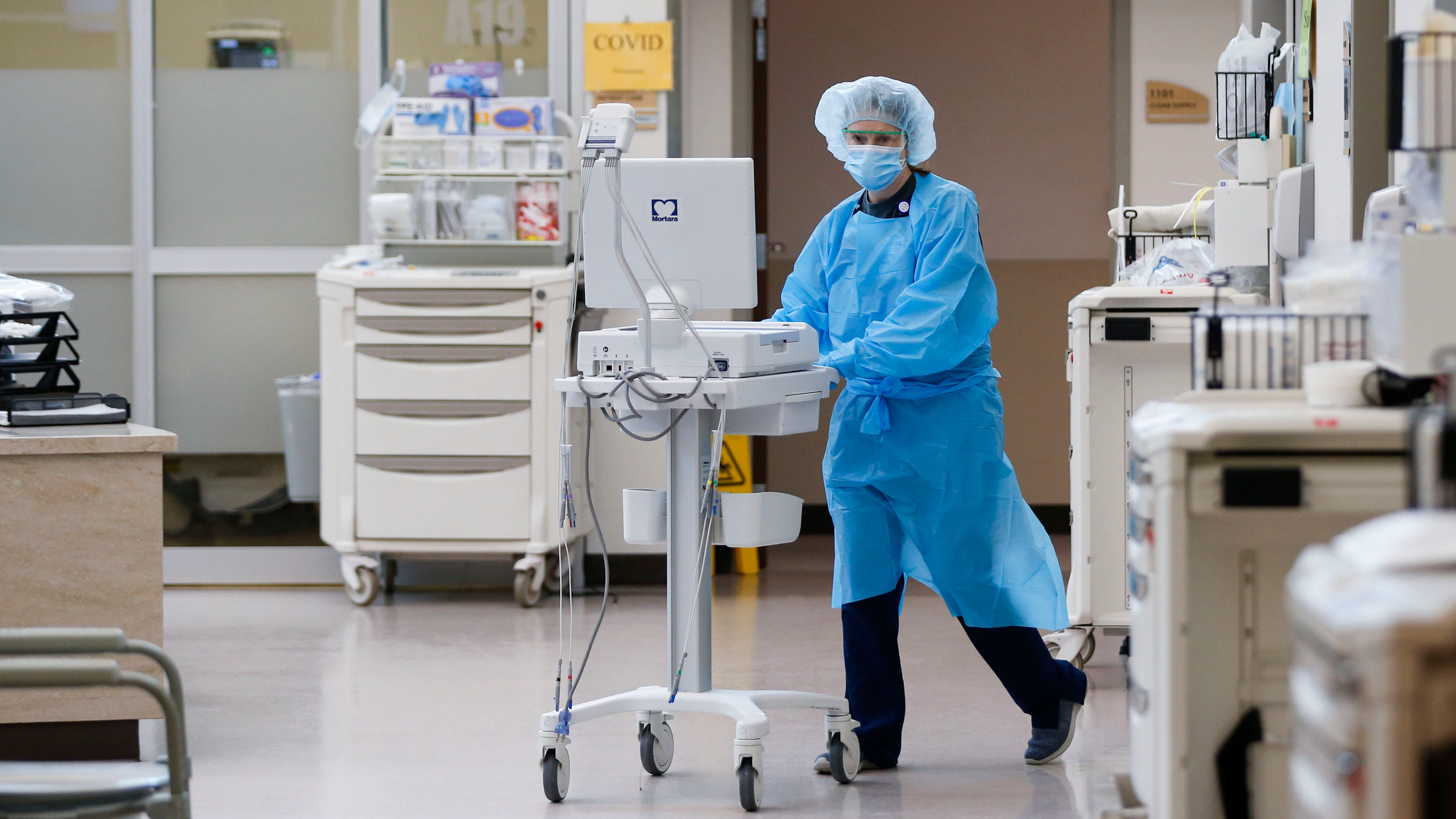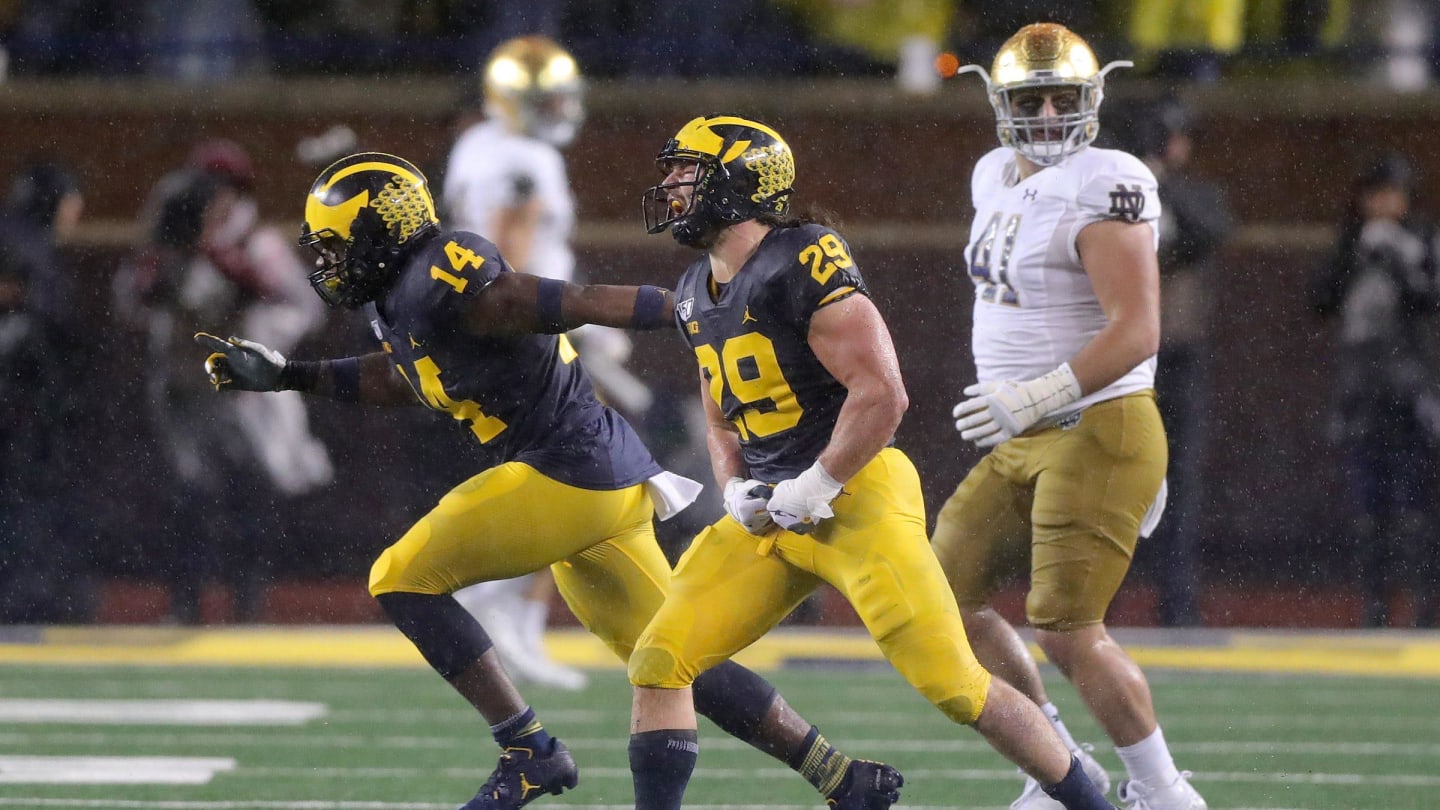COVID activity remains low in Michigan as U.S. experiences summer surge


New COVID-19 variant could trigger summer surge
A new round of COVID-19 variants has health authorities on high alert, especially with summer fast approaching.
Fox – Seattle
Cough, cough. Sniff, sniff.
Summer isn’t usually the season for respiratory infections, but it is the time when people gather for reunions, barbecues, graduation parties, weddings, and travel. As temperatures rise, people often seek respite in air-conditioned indoor spaces.
And all of these activities promote the spread of the coronavirus. The U.S. Centers for Disease Control and Prevention reports a rise in coronavirus activity nationwide during the summer.
In the U.S., test positivity rates have increased by 1.2% over the past week. There has been a 14.7% increase in hospital emergency department visits for COVID-19 over the past seven days. Between May 26 and June 1 (the most recent date for which data is available), hospitals reported a 25% increase in COVID-19 admissions.
The number of deaths due to the virus is also increasing across the country – by 16.7% in the last week.
In Michigan itself, the number of COVID cases is at a low level, as shown by several indicators, including emergency room visits, wastewater, cases and deaths, said Chelsea Wuth, a spokeswoman for the state Department of Health.
The latest data from the Michigan Department of Health and Human Services suggests that the number of newly identified cases dropped by about 20% from the week ending June 8 to the week ending June 15 — from 813 cases to 648.
During the week ending June 15, five COVID-19-related deaths were recorded in the state. The previous week, seven COVID-19-related deaths were reported statewide, according to MDHHS.
However, in Michigan, the number of emergency room and urgent care visits diagnosed with coronavirus infection has increased slightly in recent weeks; they currently account for 0.6% of all visits statewide.
What to do if the test result is positive?
The currently circulating coronavirus strains are subtypes of the omicron variant, according to the CDC, which reported that the KP.3 lineage accounted for about 33.1% of coronavirus cases nationwide in the two-week period ending June 22. It was followed by KP.2 with 20.8% of cases and LB.1 with 17.5% of cases.
If you become infected with the coronavirus, health authorities recommend:
- Stay home and isolate yourself for at least five days until your symptoms improve and you have been fever-free for at least 24 hours. Continue to take precautions such as social distancing and wearing a mask for another five days to prevent spreading the virus to others.
- Consider treatment if you are at high risk of severe illness from COVID-19. Paxlovid, an antiviral pill, can be used to treat the disease within five days of symptoms. Paxlovid is recommended for people aged 12 years and older who weigh at least 40 kg and who are at risk of hospitalization or death from the virus.
The Infectious Disease Society of America reported Thursday that variants currently circulating in the United States respond well to antiviral treatment with paxlovid.
To reduce your risk of infection, the IDSA recommends:
- Wear a high-quality mask and wash your hands frequently or use hand sanitizer when boarding a plane or using other public transportation. If your virus test is positive while traveling, do not travel for at least five days and isolate yourself in your hotel or vacation rental.
- If you are not up to date on COVID vaccination or are unsure of current vaccination recommendations, visit the CDC website to learn more: https://www.cdc.gov/coronavirus/2019-ncov/vaccines/stay-up-to-date.html.
Contact Kristen Shamus: [email protected]. Subscribe to the Free Press.



